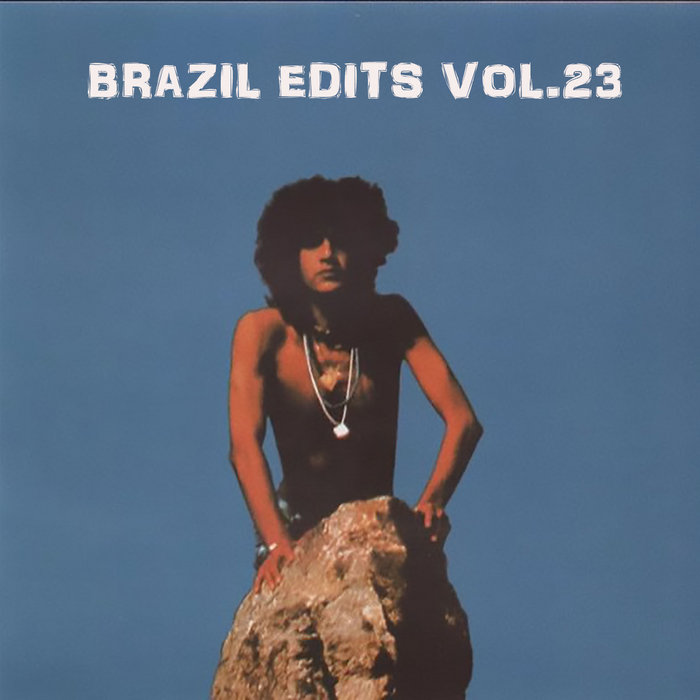
Salinas – Tenha Fe, Pois Amanha Um Lindo (Candonga Edit) – Sonic Funk Foundry
this blog is GROOVY – check out great Soul, Funk, Jazz, Hip Hop, Bass, Breaks , Reggae, House n many more TUNES
Brazilian music is like a vibrant carnival in sound, bursting with rhythms that make you want to dance, sing, and celebrate life! From the lush beats of samba to the smooth melodies of bossa nova and the eclectic vibes of MPB (Música Popular Brasileira), this genre has a history as colorful as its culture. So grab your caipirinha, kick back, and let’s groove through some rich musical history infused with fun tidbits about Brazil’s legendary musicians!
Our journey starts in the heart of Brazil’s diverse cultural landscape. In the late 19th century, African rhythms blended with Portuguese folk traditions to create one spicy stew called samba. But before samba took over Rio de Janeiro streets during Carnival, it was deeply rooted in Afro-Brazilian religious practices known as Candomblé.
Here’s a funny fact: Did you know that some samba dancers take their costumes so seriously that they’ve been known to wrestle rival schools for fabric? Talk about taking your craft “to the next level!”
In the late 1950s, bossa nova emerged from cozy beach bars in Ipanema and Copacabana. This suave genre was born from a collaboration between jazz musicians like Stan Getz and Brazilian composers such as João Gilberto and Tom Jobim. Their cool grooves turned into hits like “The Girl from Ipanema” which is still sipped on by many listeners worldwide.
Here’s where it gets entertaining! João Gilberto famously had an unusual practice technique; he would play his guitar while laying down on his couch! Imagine someone just chilling at home but creating magical tunes that shake up entire generations!
Fast forward to the late ’60s—welcome Tropicalia! This scene was not just about music; it was a political movement too. Artists like Caetano Veloso and Gilberto Gil mixed traditional Brazilian sounds with rock ’n’ roll vibes—think psychedelic colors splashed all over musical canvases.
A quirky fact? Caetano Veloso once wore a dress onstage during an infamous concert in São Paulo—it sparked debates across Brazil about gender roles in society! This bold move made waves far beyond mere fashion; when art clashes with politics, hearts race everywhere!
As we grooved into the ’70s and ’80s, Música Popular Brasileira (MPB) became kingpin atop Brazil’s music throne. Legends like Gal Costa brought infectious energy while Elis Regina introduced powerful vocals mixed with intense emotional depth.
One hilarious anecdote involves singer Jorge Ben Jor trying out different songs during one gig but accidentally mixing up lyrics mid-performance—a blunder only real fans could catch amid all those groovy riffs!
By the ‘90s came funk carioca—a raw yet captivating blend emerging straight from Rio’s favelas packed full of local stories depicting struggles & triumphs set against electrifying beats derived mostly from Miami bass styles.
And here comes another laugh-worthy moment — DJ Marlboro once played one of his tracks backwards live on stage by accident…only realizing later when everybody started laughing uncontrollably around him! Sometimes serendipity leads us right down funky lanes without even trying!
Today Brazilian music continues evolving beautifully—with genres intertwining more than ever before thanks largely due influences radiating globally through technology enabling budding artists’ creativity reaching new heights faster than ever imagined possible!
Fun Fact Alert ⚡️🎶 ! Anitta—the pop sensation everyone loves today—gained fame after uploading her early career videos online whilst balancing work at McDonald’s making fries… now she sells out arenas internationally instead—you go girl!!
Brazilian music is not just entertainment; it’s an expression steeped richly within culture reflecting joy intertwined intricately along paths shaped amidst centuries past filled surprises waiting around corners ready erupting bursts laughter alongside deep soulful connections shining light paths historically carved brilliantly leading onwards forevermore continuing inspire future generations discovery beneath tropical skies bright enveloping rhythm swaying throughout every corner region alive—as long dancing feet keep moving rhythmically together under stars’ embrace highlighting magic night shines eternity bliss plethora joys emanate endlessly…
So there you have it—a whirlwind tour through Brazilian music’s fabulous tapestry woven together by jubilant jams steeped rich history showcasing unique characters inspiring tales continuously bringing people together harmoniously everywhere they roam…so why not throw on some tunes shaking hips lifting spirits rejoicing celebrating life itself?! 🎉💃🕺🎤

Salinas – Tenha Fe, Pois Amanha Um Lindo (Candonga Edit) – Sonic Funk Foundry
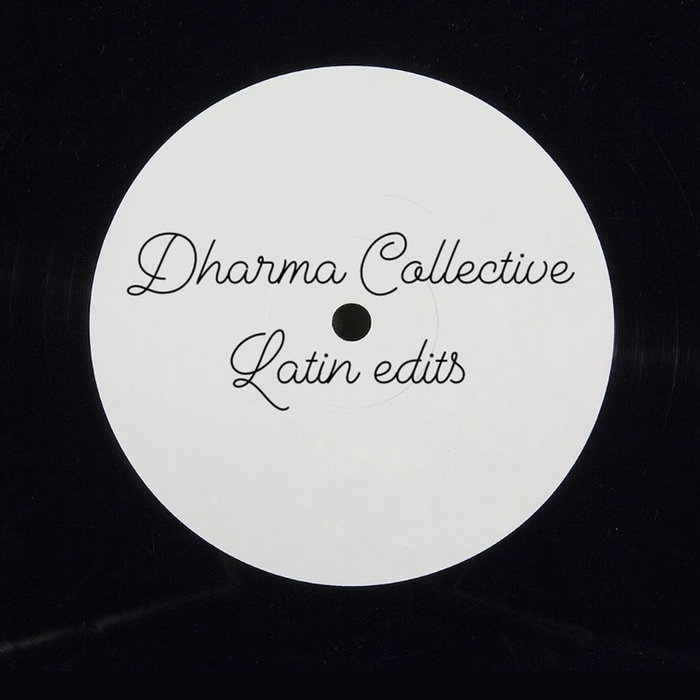
Latin Boutique – Dharma Collective
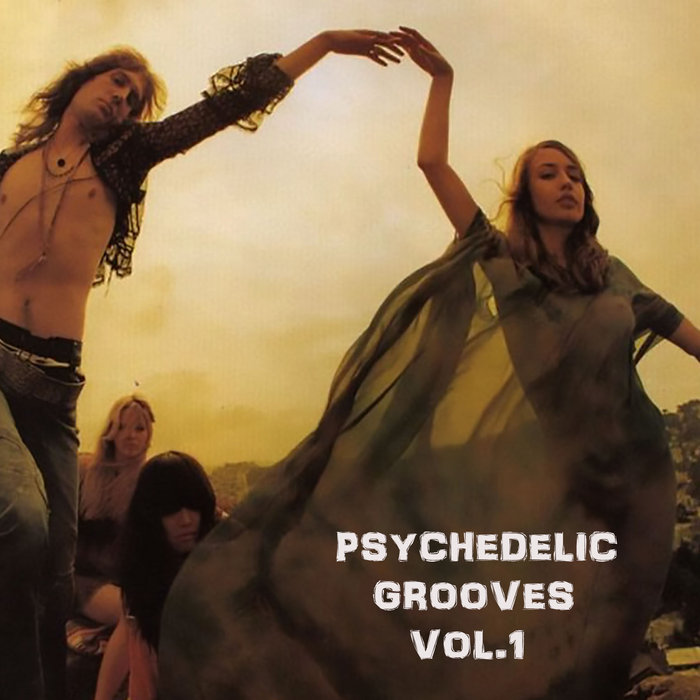
Mimis Plessas – Karagouna (The Orbiters Rework) – Sonic Funk Foundry

Noir Desir – Le Vent Nous Portera (Guevara Version) – Sonic Funk Foundry
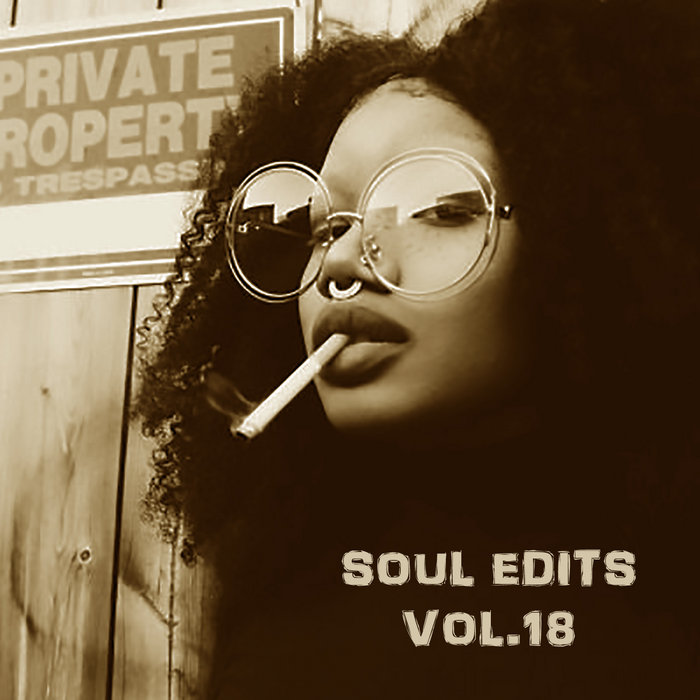
Las Amantes – Te Quiero (Latin Psyche Soul Edit) – Sonic Funk Foundry

War – War Is Coming (Burdon Disco Edit) – Sonic Funk Foundry
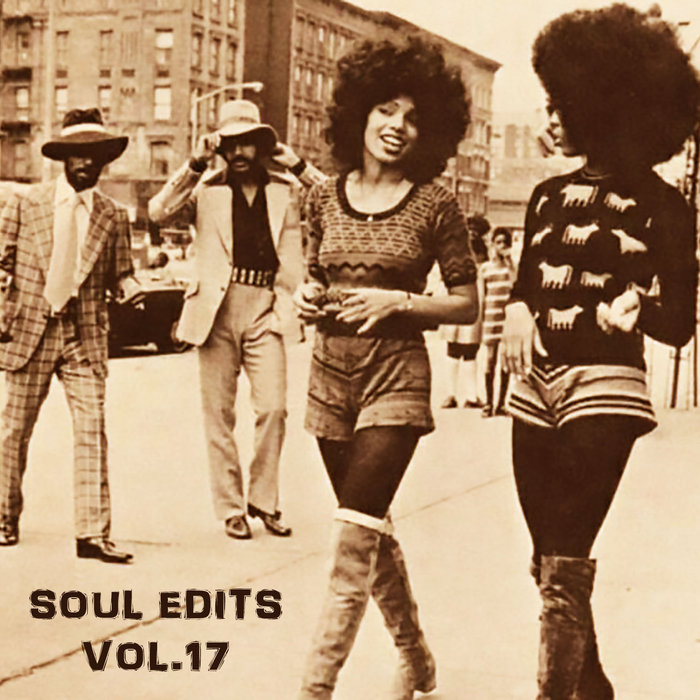
Lewis – Sideway Shuffle (Soulshaker Edit) – Sonic Funk Foundry

The Pac Keys – Dig It (Jazz Rework) – Sonic Funk Foundry
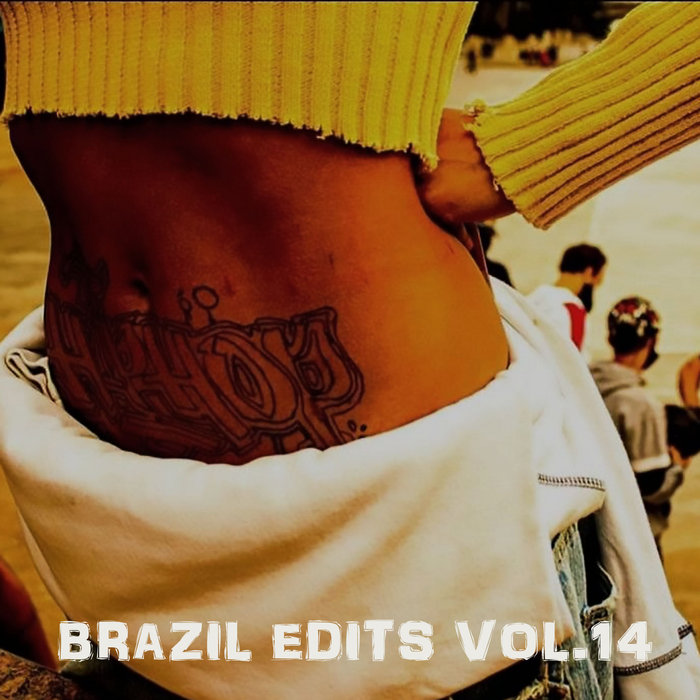
Meireiles – Baile Funk (Disco Live Edit) – Sonic Funk Foundry
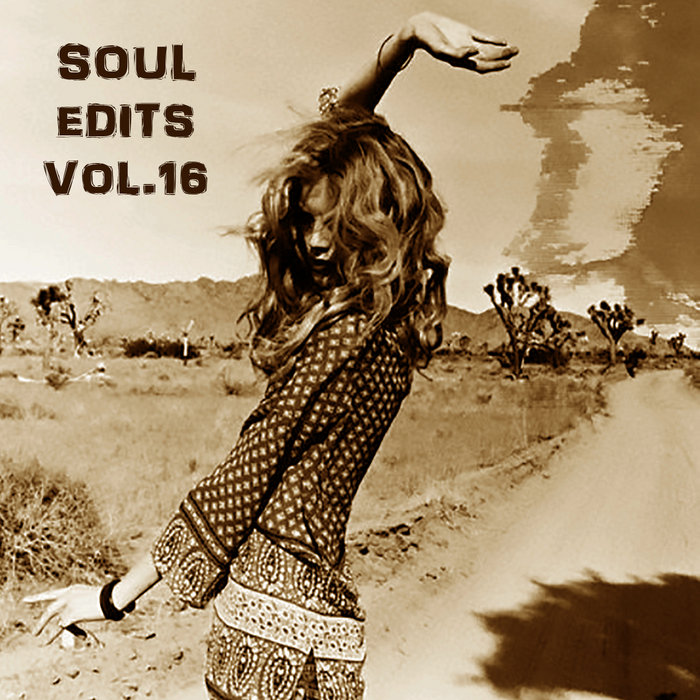
The Beginning Of The End – Pretty Girl (Raw Edit) – Sonic Funk Foundry